Roxie from Rockaway

Roxie is still on leash and in training levels. With a little practice, she’ll understand the boundaries soon. Way to go, Roxie!
Roxie from Rockaway Read More »

Roxie is still on leash and in training levels. With a little practice, she’ll understand the boundaries soon. Way to go, Roxie!
Roxie from Rockaway Read More »
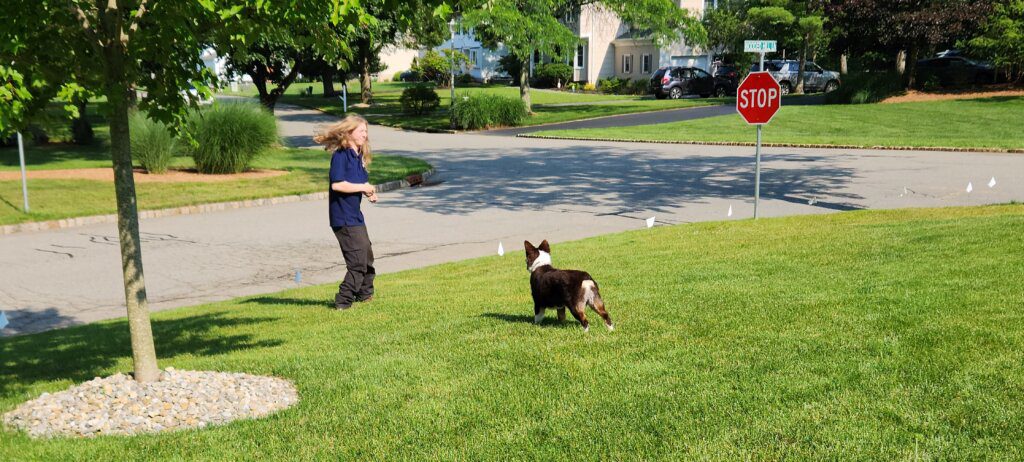
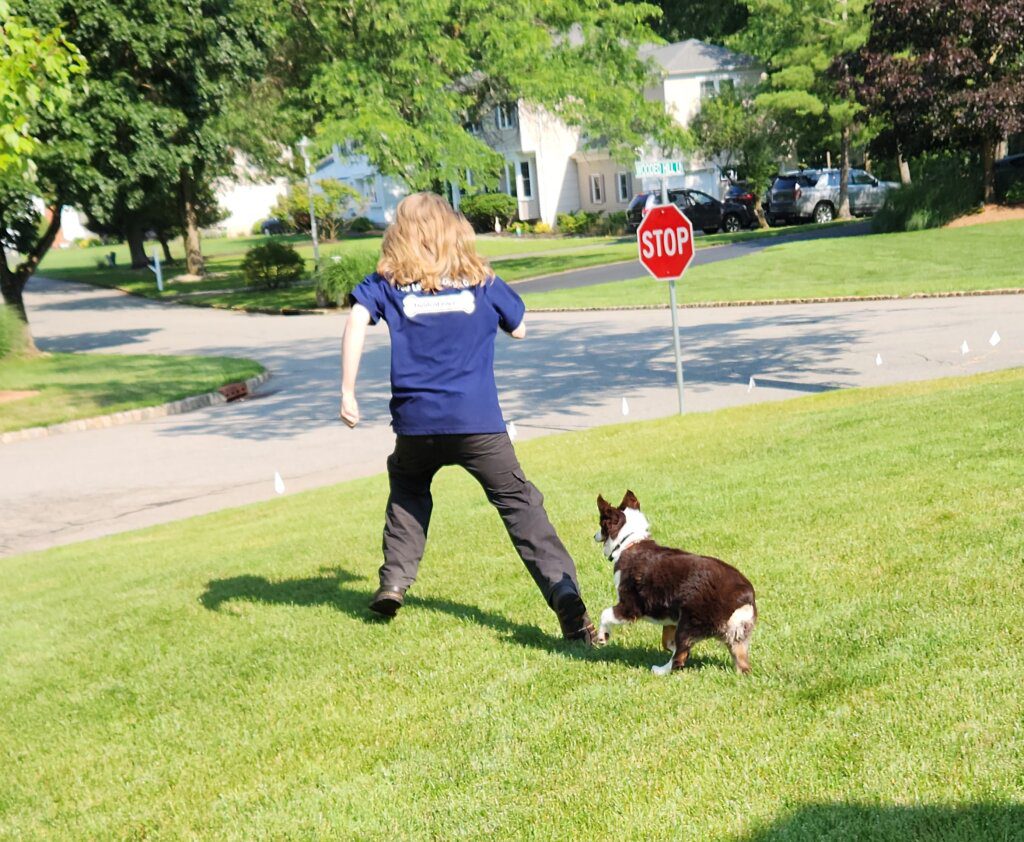
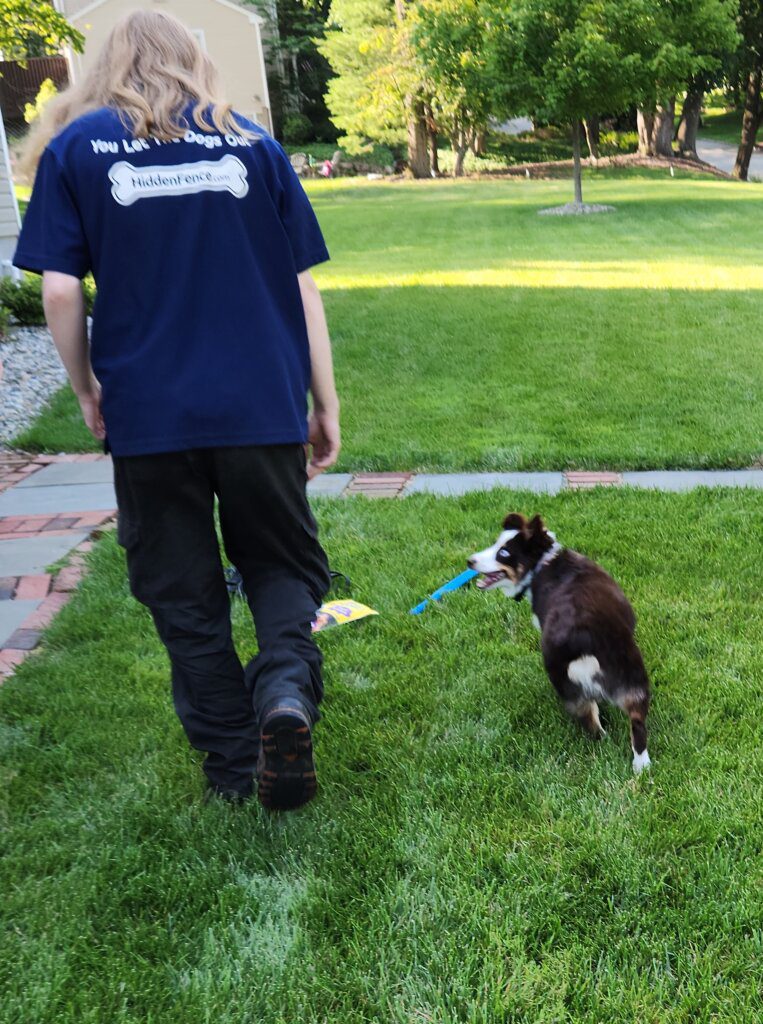
Ranger made one mistake when he was playing chase for some bacon but backed off right away. We played ball and he refused to chase it when near the flags. He is doing very well with his training. Way to go, Ranger!
Ranger from Randolph Read More »
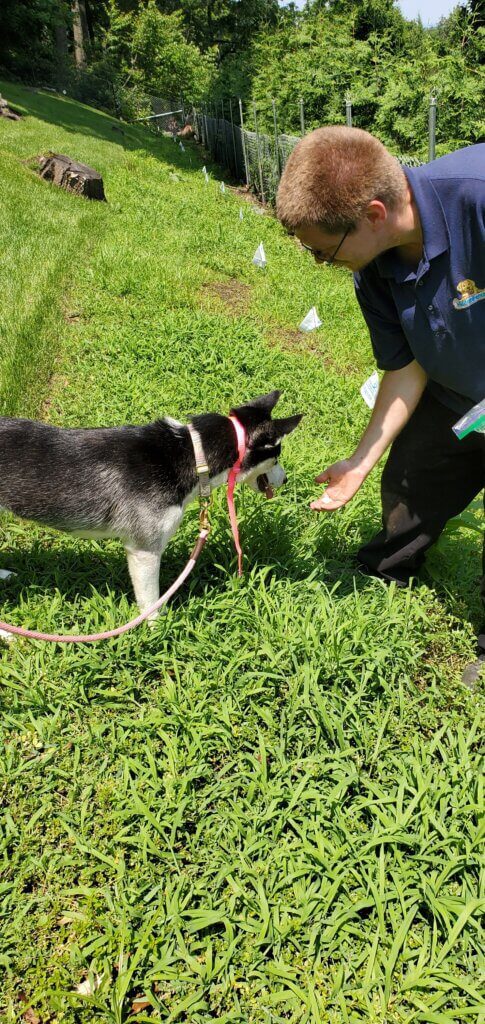
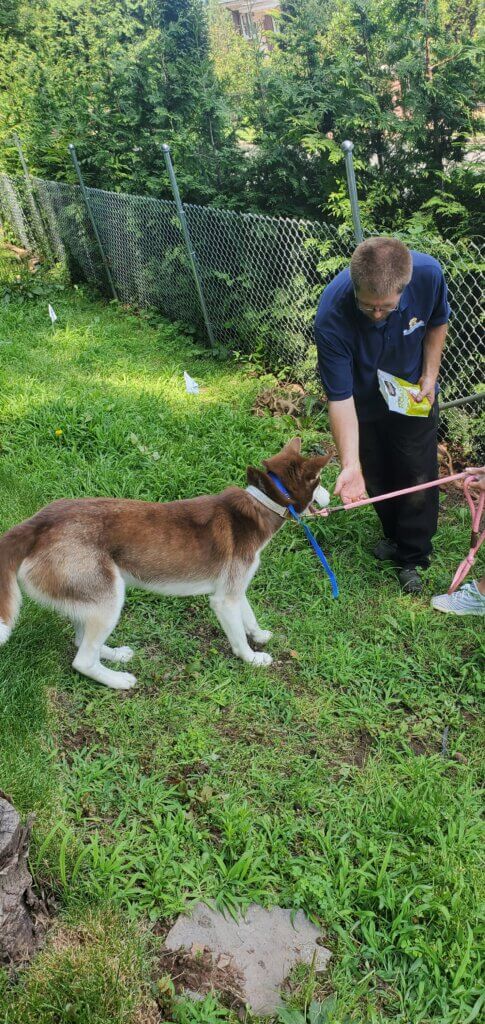
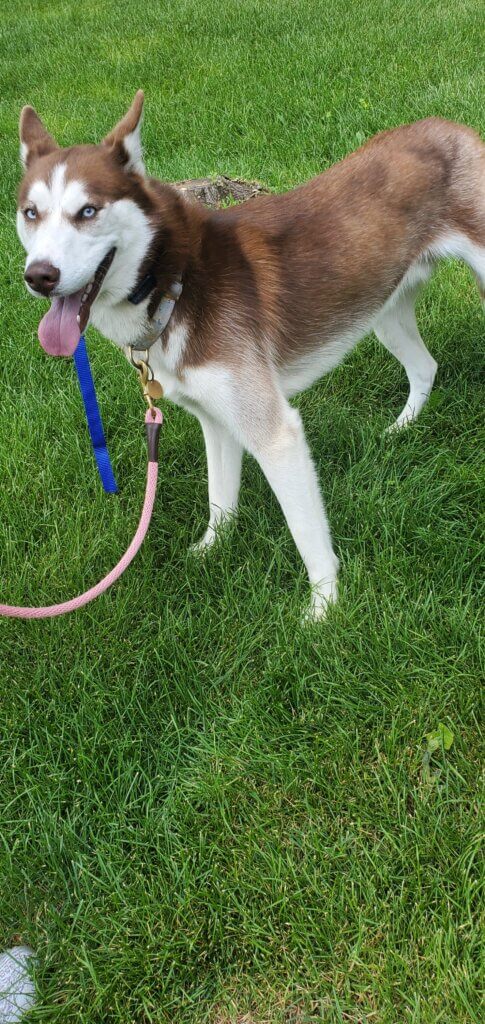
Ponce is more sensitive to the notification and stayed motivated for the food. He was starting to back away when we finished with him. Caya started to notice the beep after a few minutes. She got hot quickly, and food isn’t her biggest motivator. Overall, a good first training session. Way to go!
Ponce and Caya from Montclair Read More »

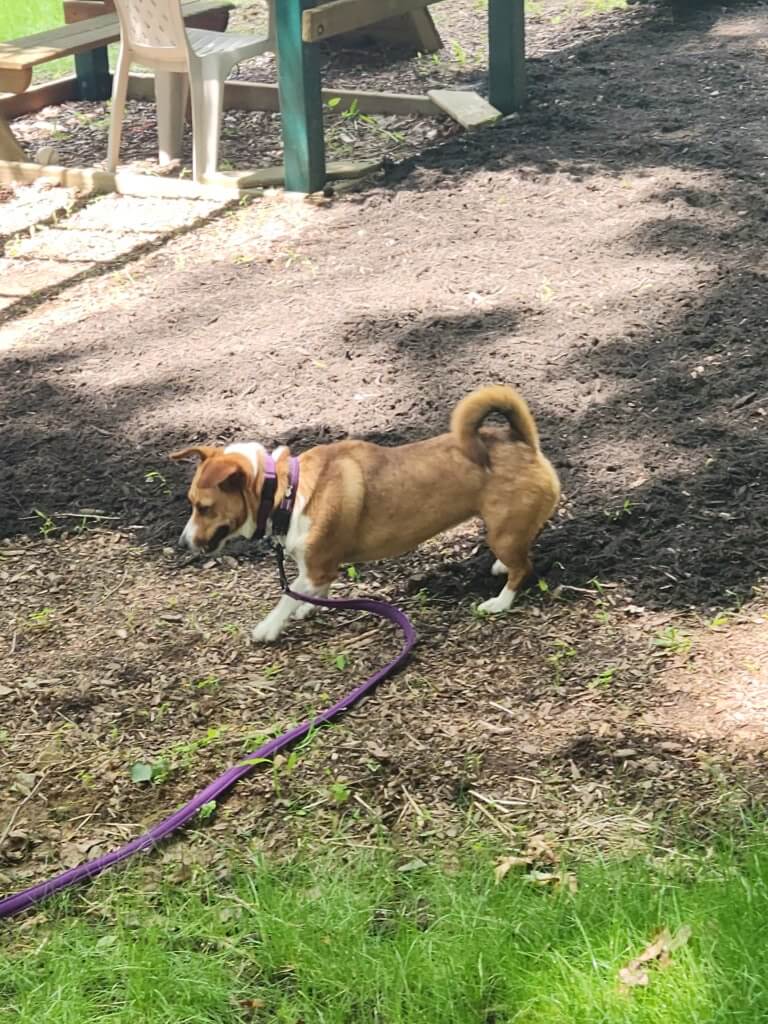
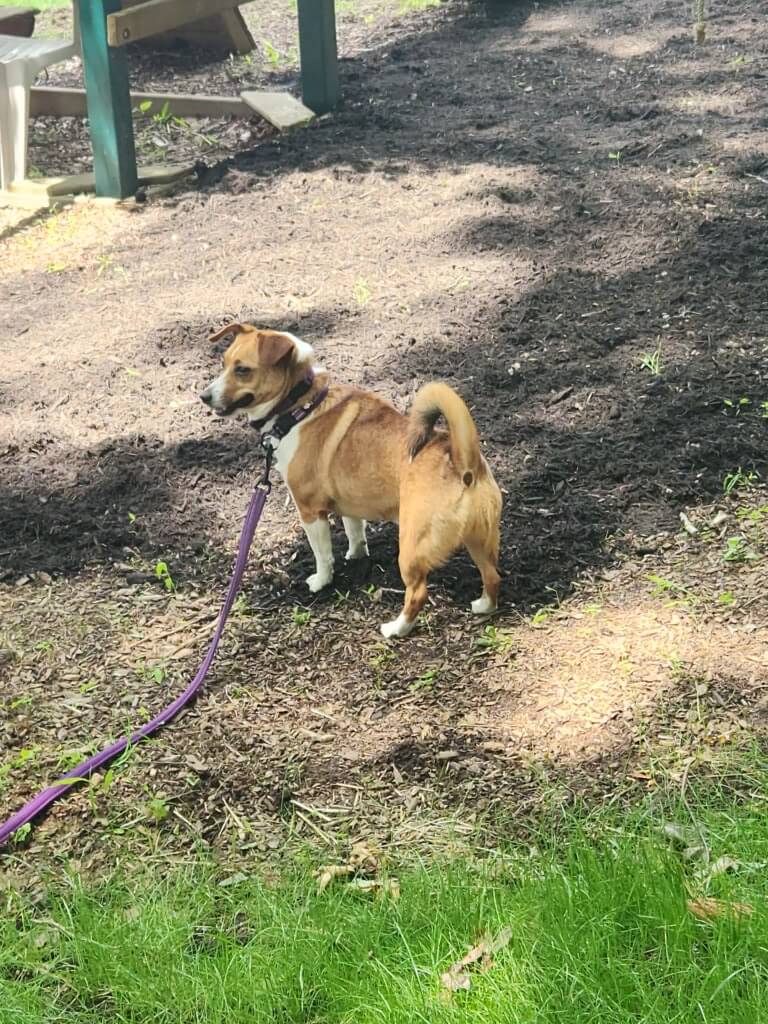
Bailey went through one time during training because we were all on the other side with Sadie and he didn’t want to be alone. After we brought him back through he didn’t do it again. Sadie avoided the flags the entire time. These two are quick learners!
Bailey and Sadie from Randolph Read More »
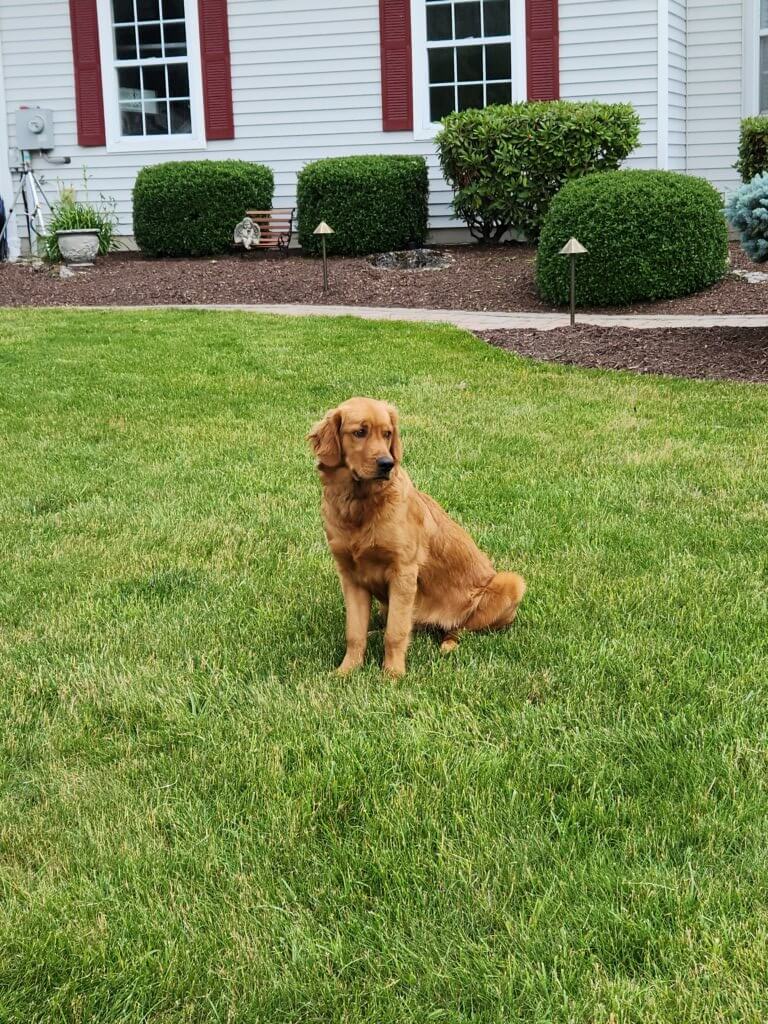
Leo didn’t make any mistakes today. He was off leash and playing Frisbee. We tried to distract him with some treats as well, but he did perfectly. He’s all set. Way to go, Leo!
Leo from Hackettstown Read More »
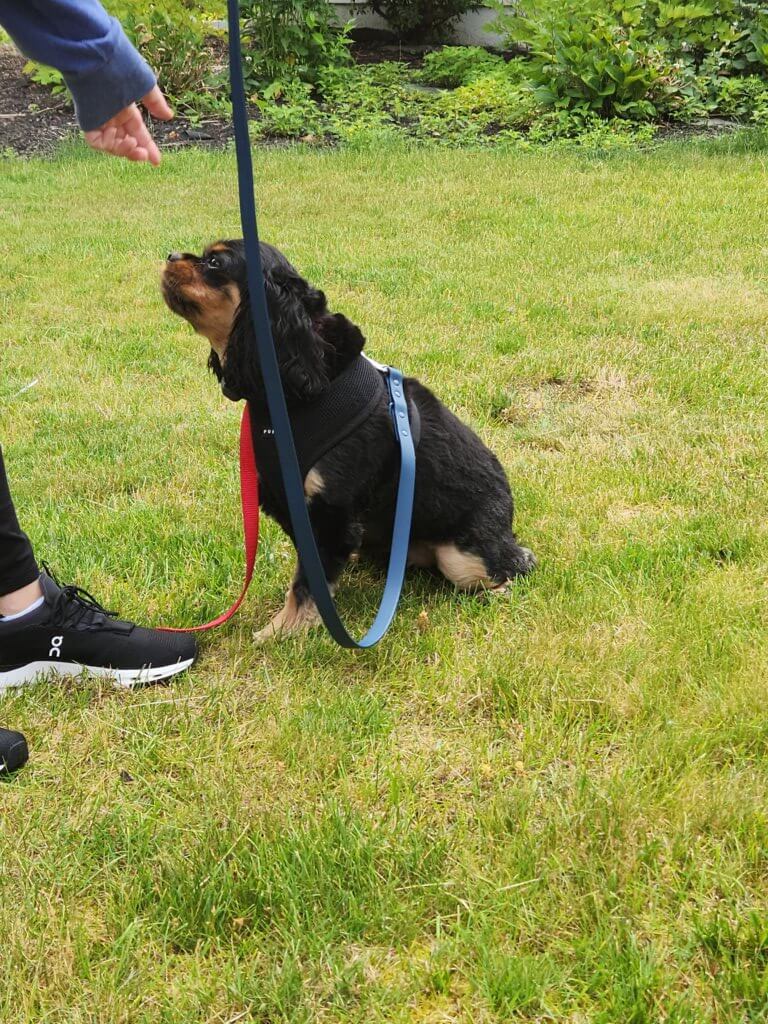
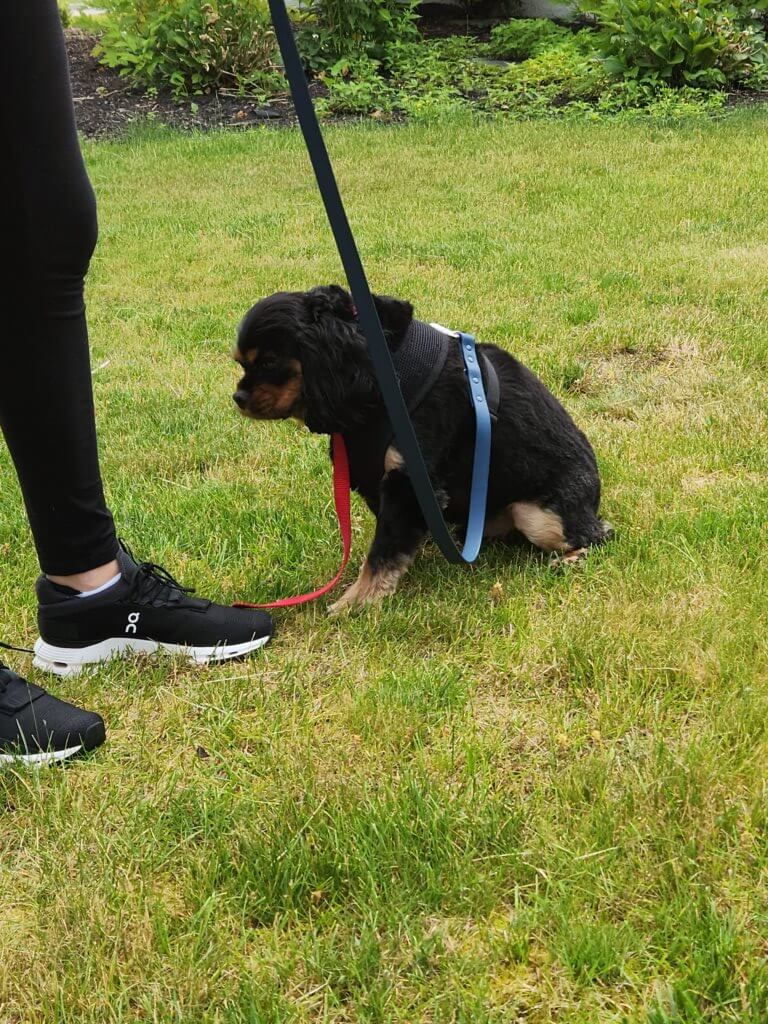
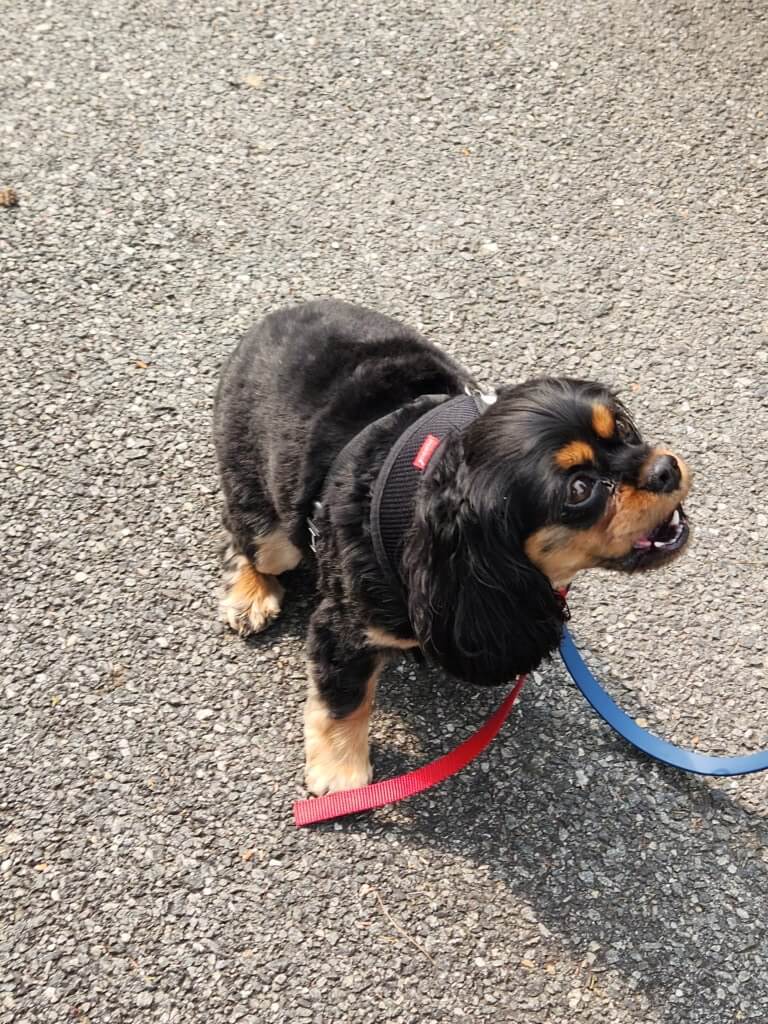
Boo was previously trained on the fence. He’s not completely sure where the boundaries are yet so he is cautious. Boo is going to practice and will be enjoying the yard soon. Way to go, Boo!
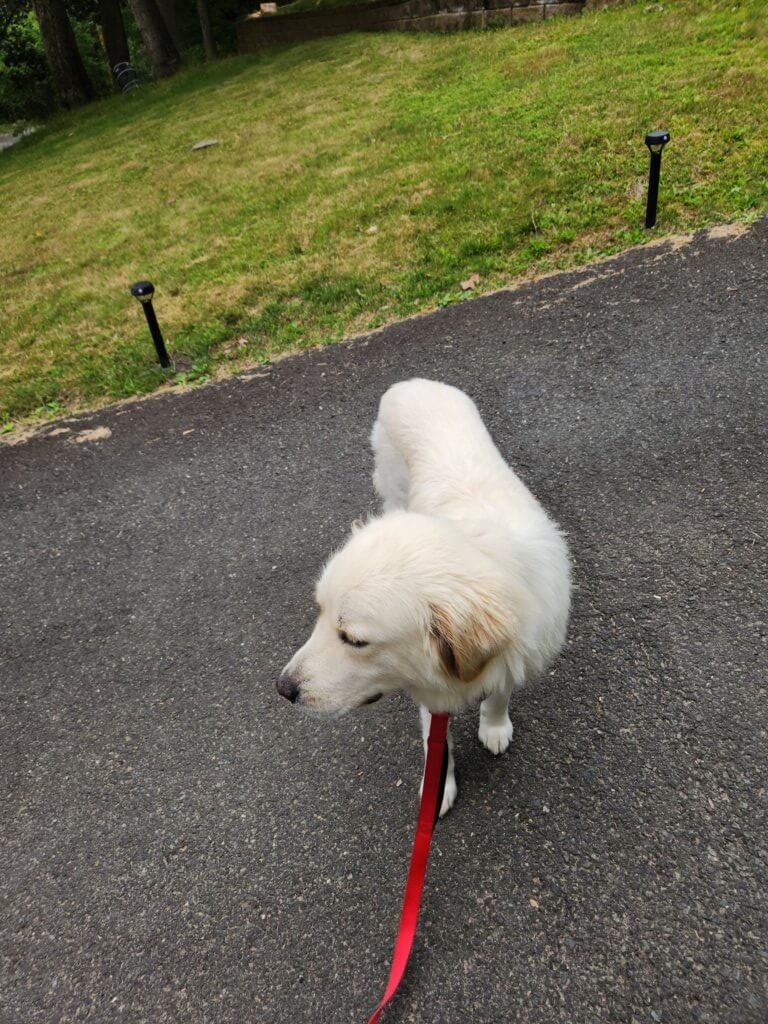
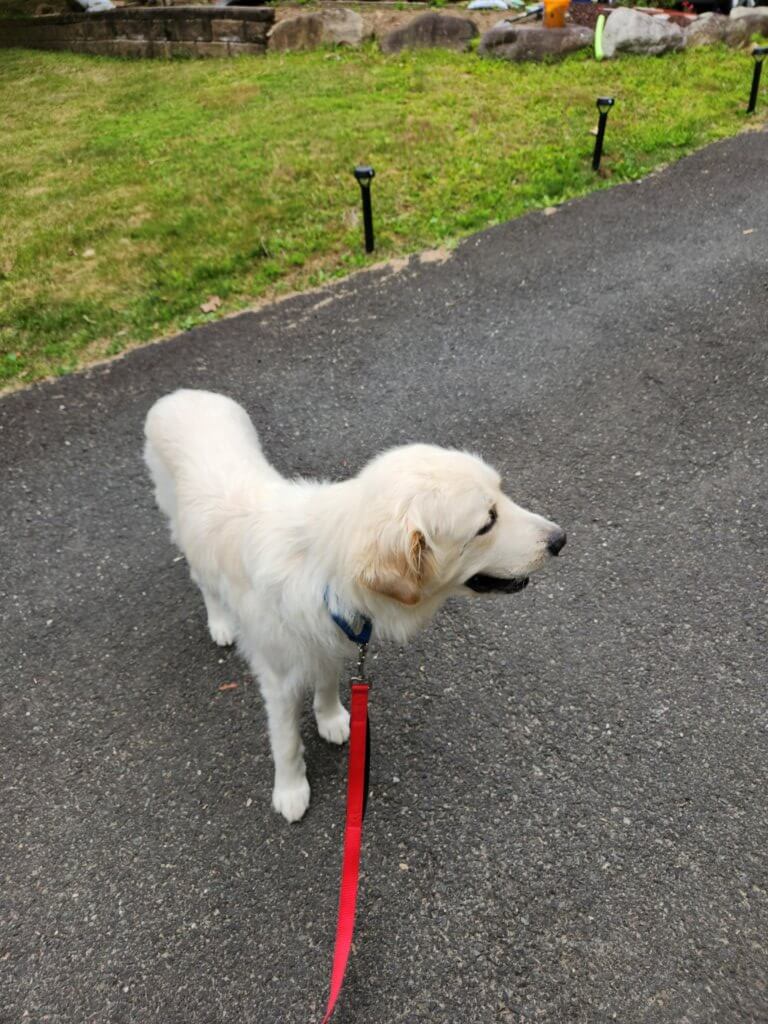
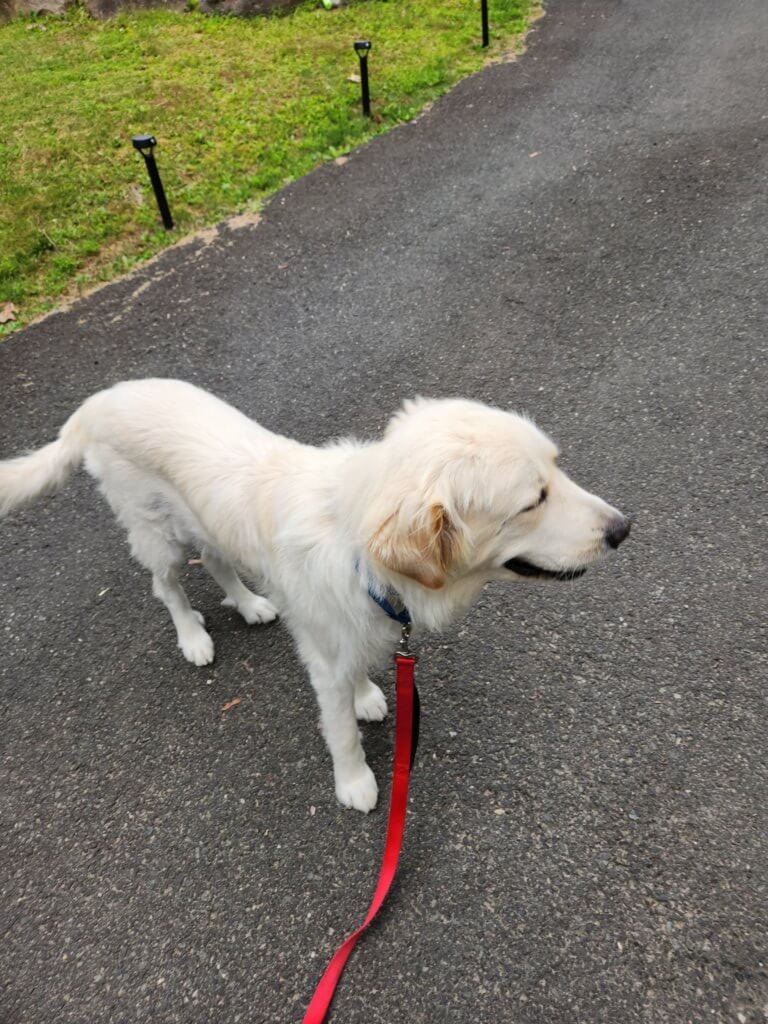
Rose didn’t approach the flags today. We played, walked around the yard and fed her bacon. We also left her alone to walk up the street. She had no interest in leaving. She did everything perfectly and has successfully completed her training, Way to go, Rose!
Rose from Morris Plains Read More »
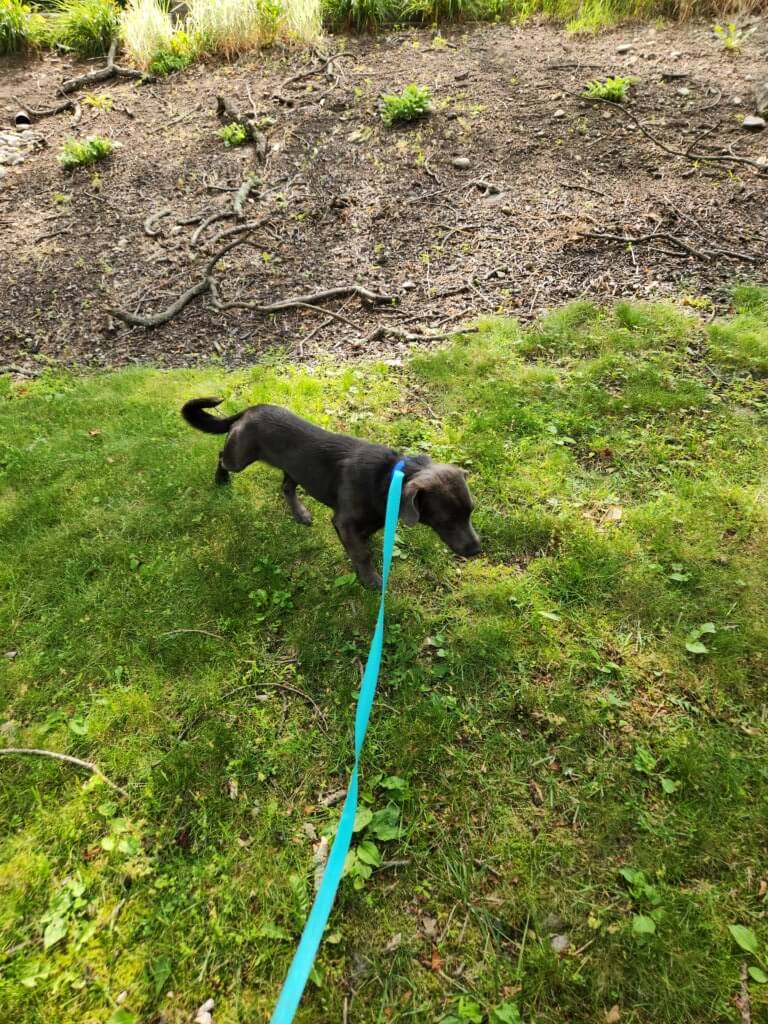
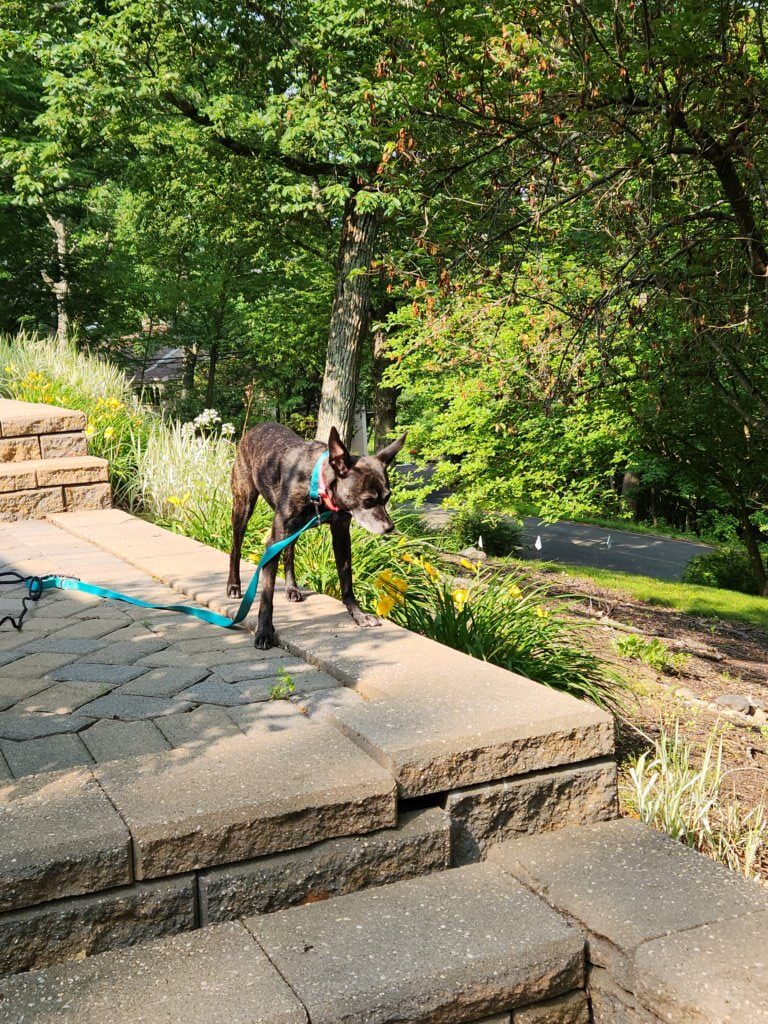
The doggies from Kinnelon are now finished with their training. Billy backed off as soon as he heard the collar beep. Penny knows exactly where the boundaries are and avoids them. They now have all summer to explore the yard safely. Way to go!
Billy, Pepper and Penny Kinnelon Read More »
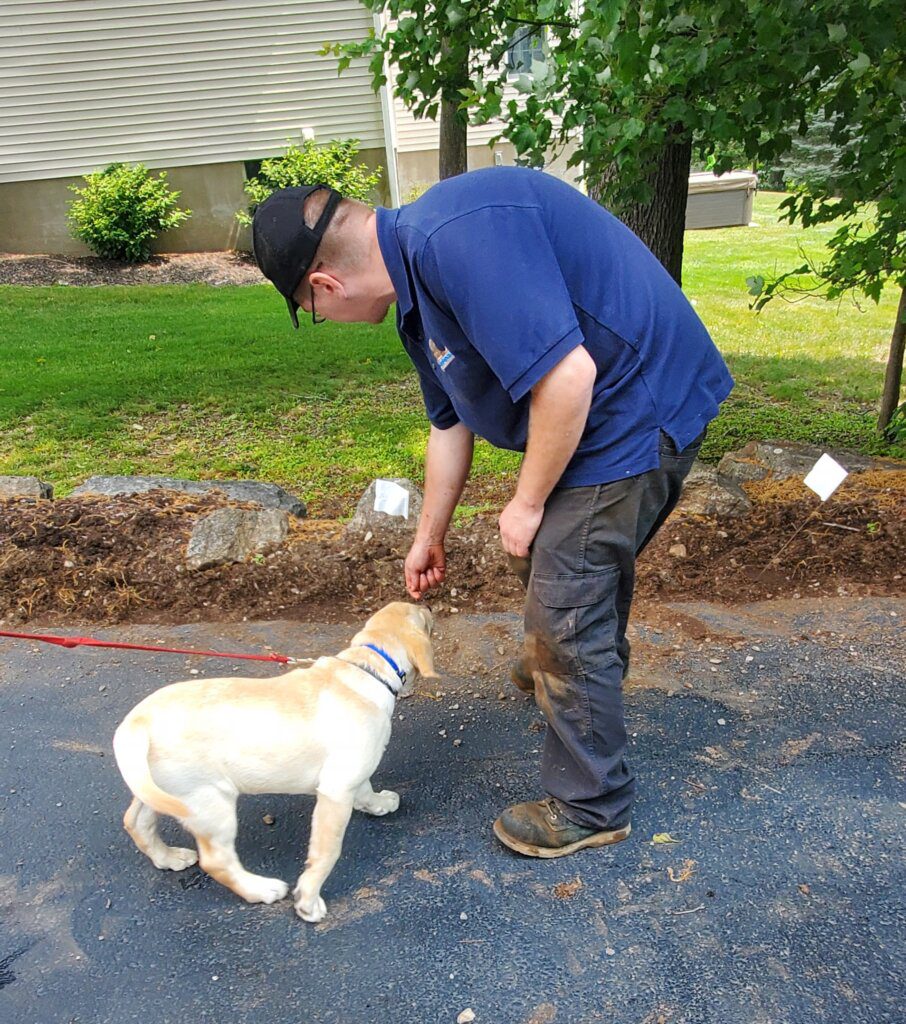
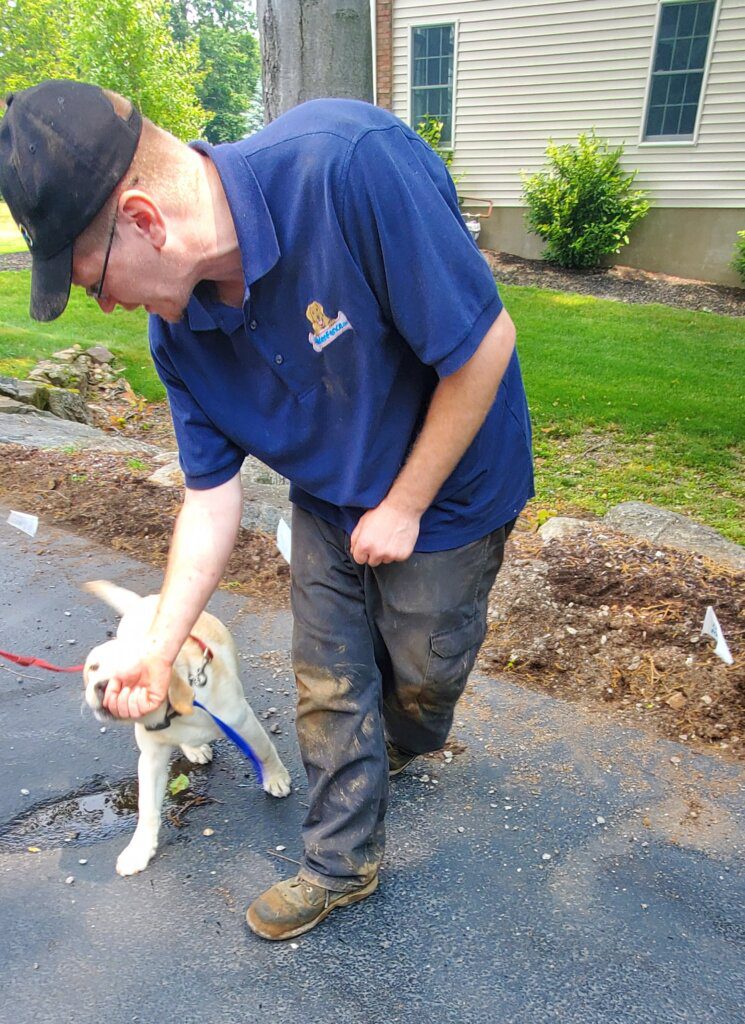
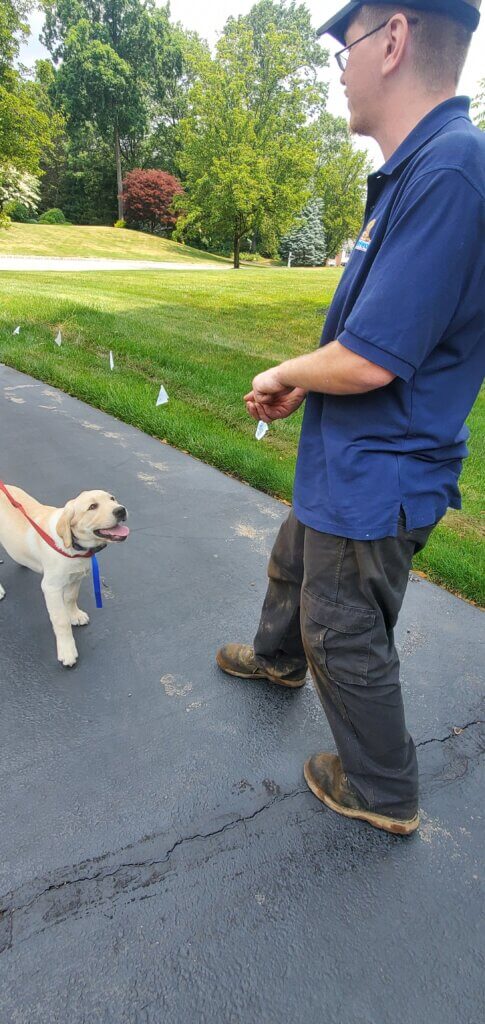
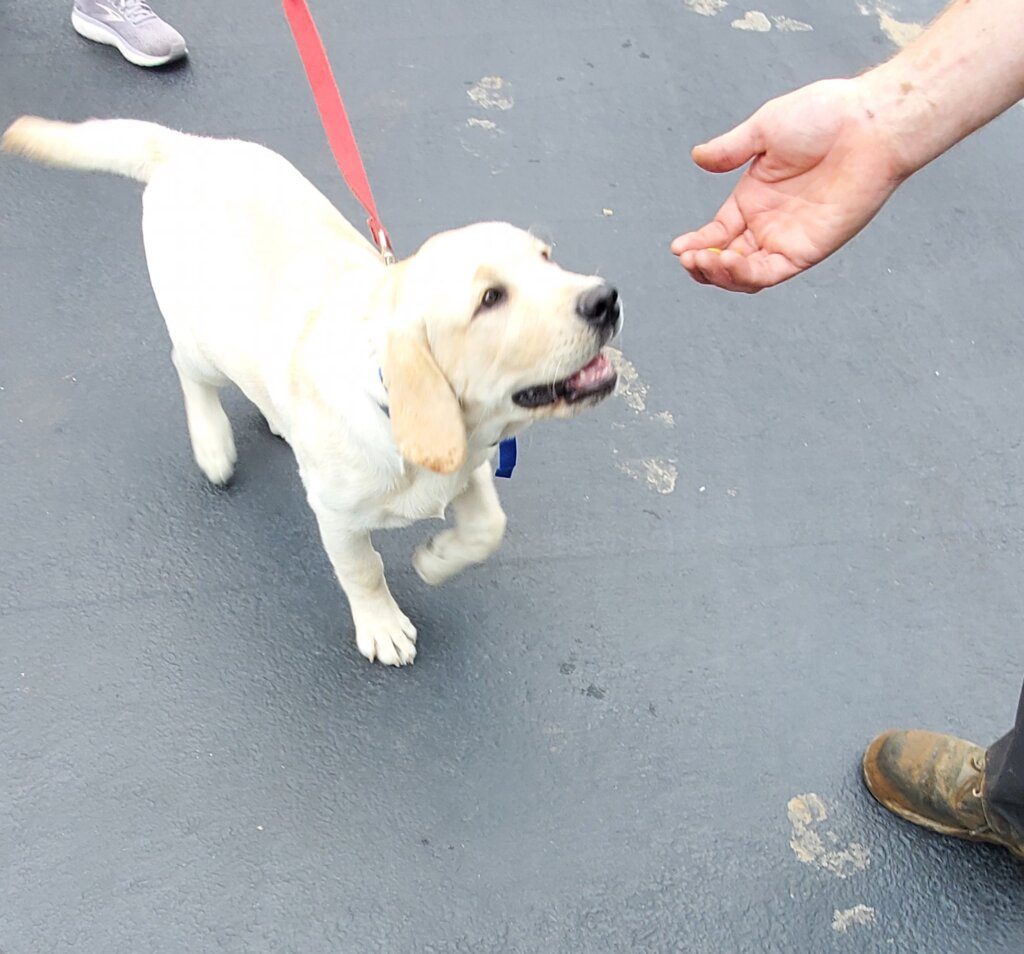
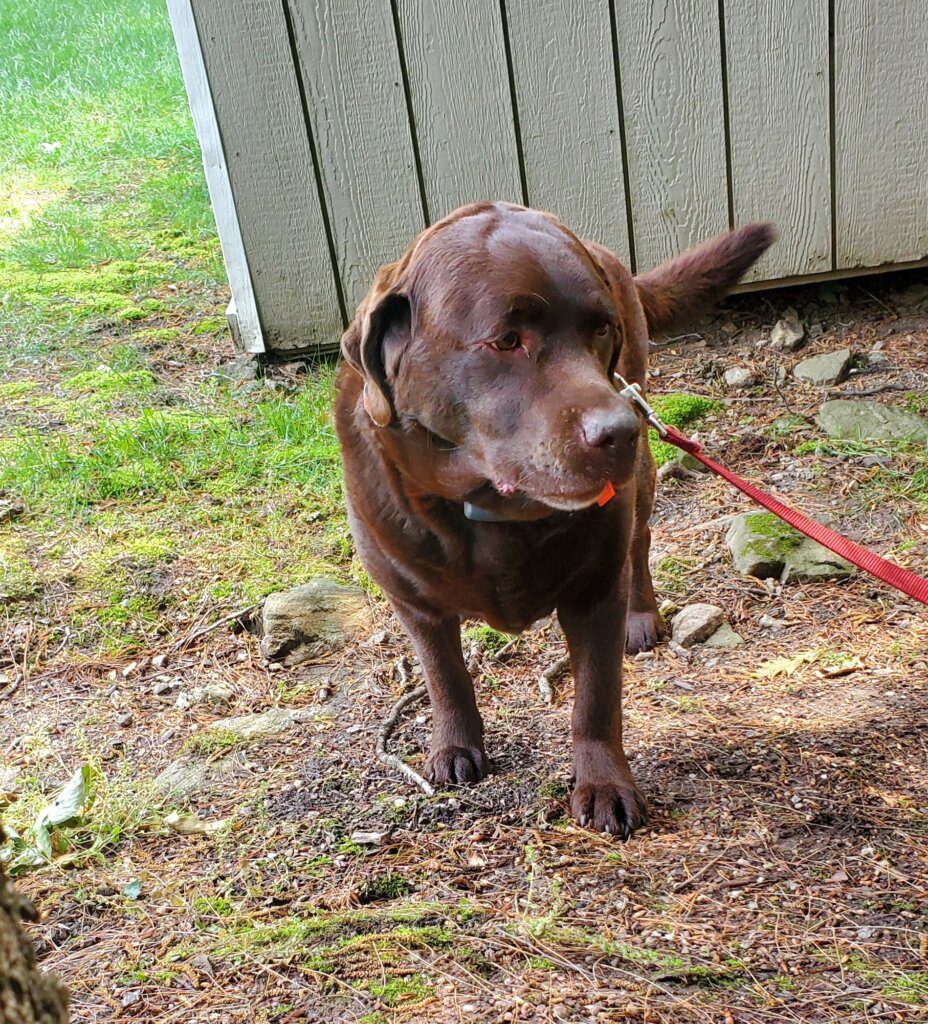

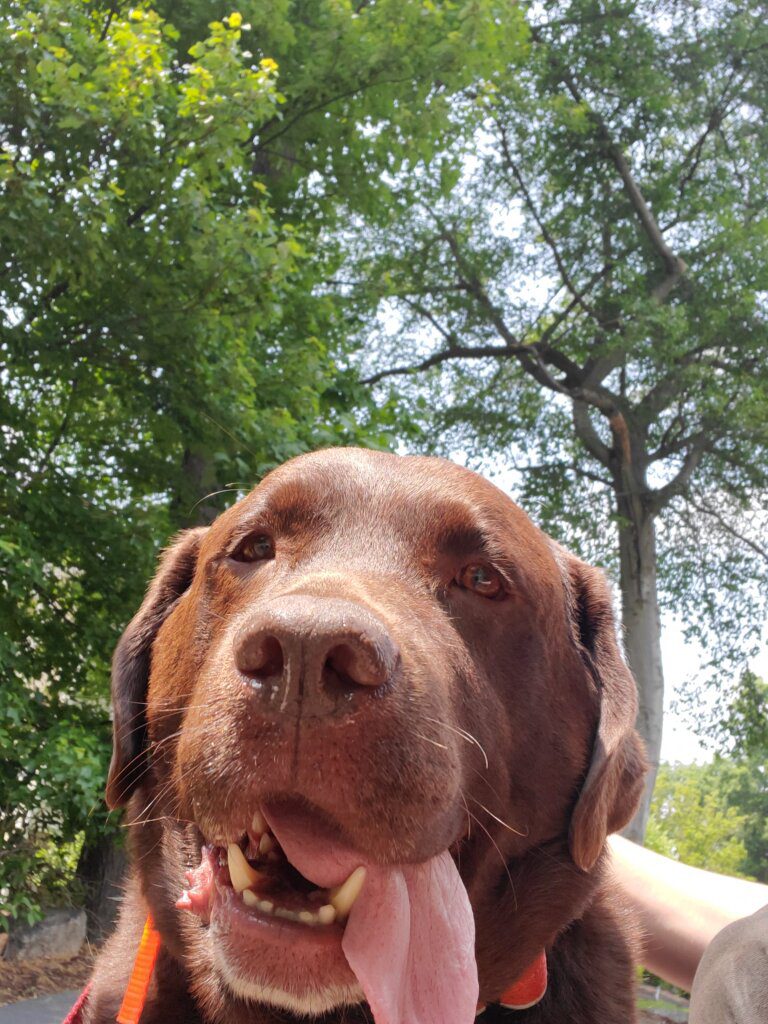
At the first training, Goose backed away from the flags some of the time. He is very food motivated and has lots of energy. Guinness is supervising the training and is proud of Goose’s progress.
Goose and Guinness from Randolph Read More »
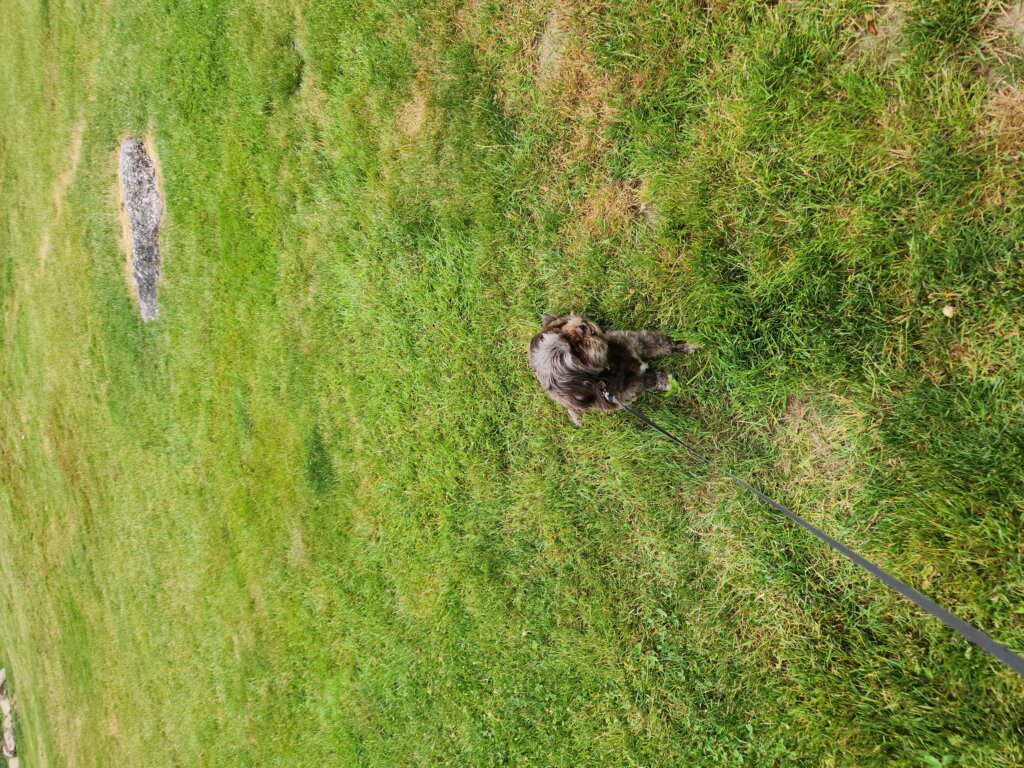
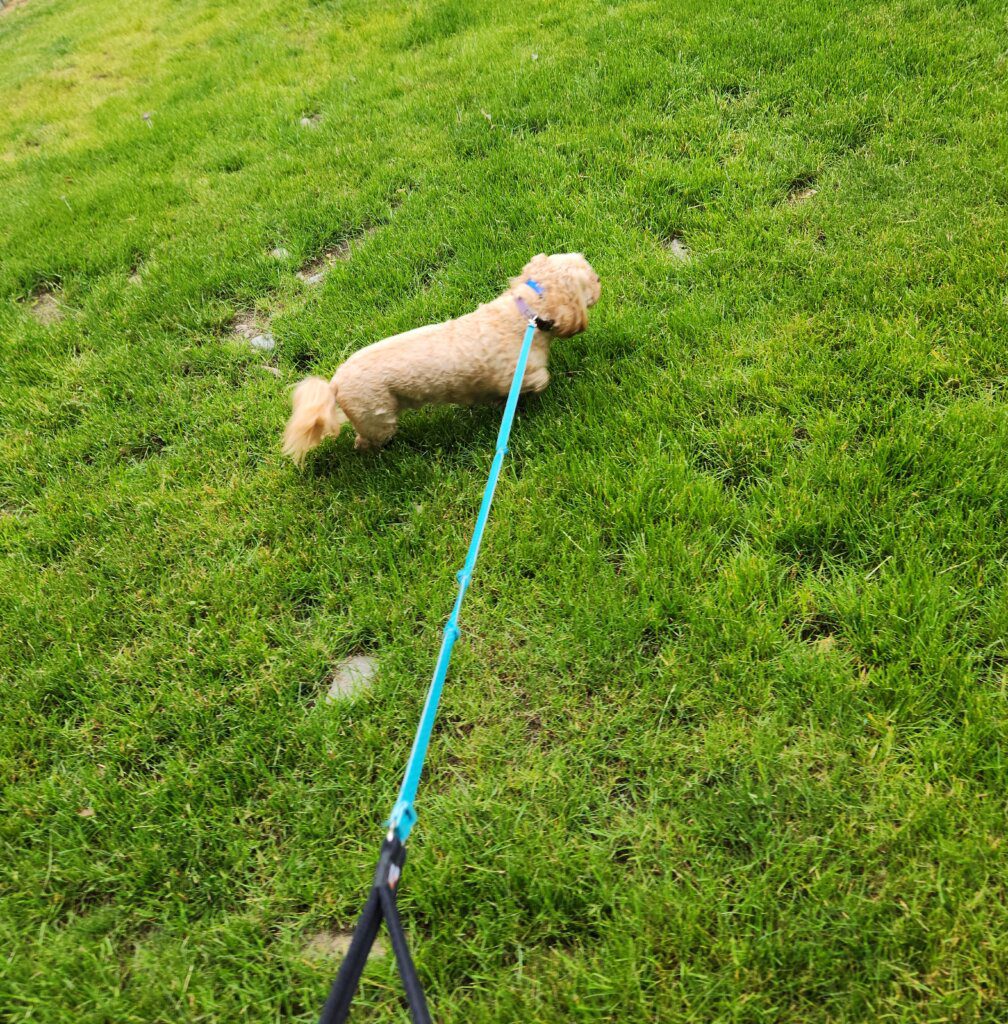
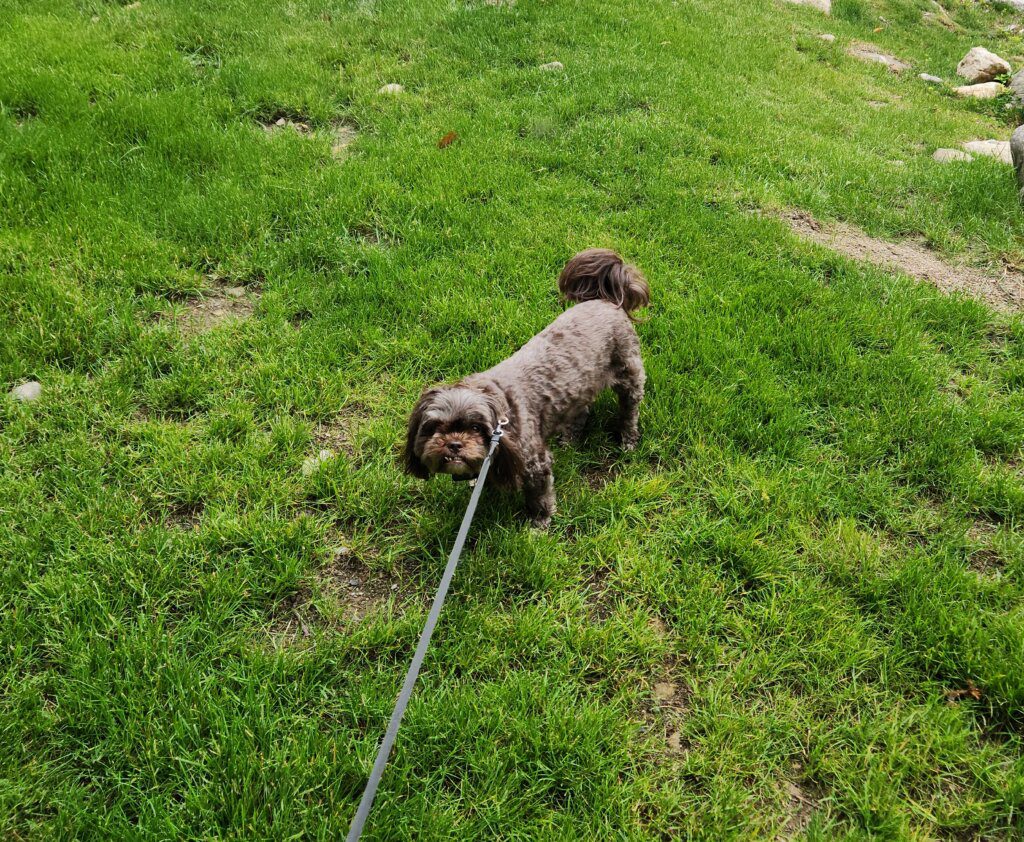
Katie is a bit nervous about training. We walked her around the yard and tried some toys and hot dogs. That helped a bit. Then we brought Teddy out, and she started to warm up a lot. Teddy backs off as soon as he hears the beep. They are a good pair and with another training, they will be enjoying the freedom of the yard.
Katie and Teddy from Kinnelon Read More »